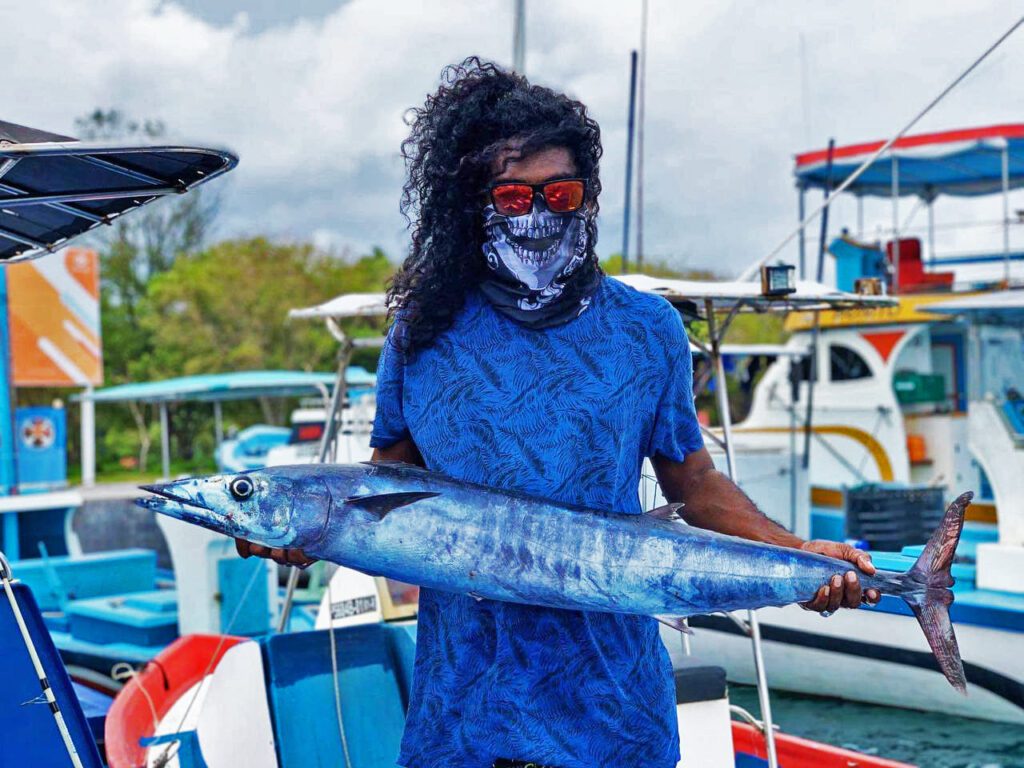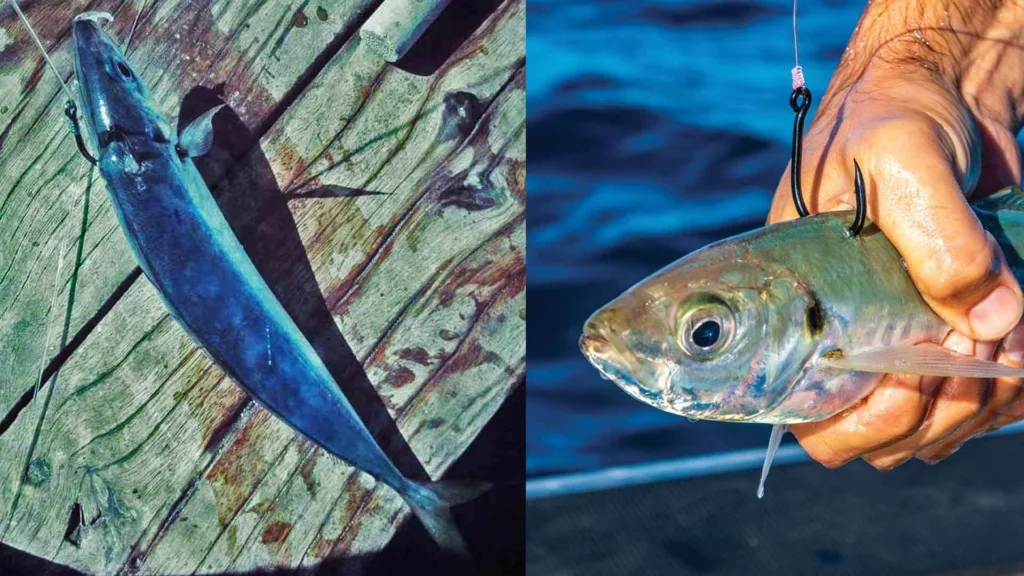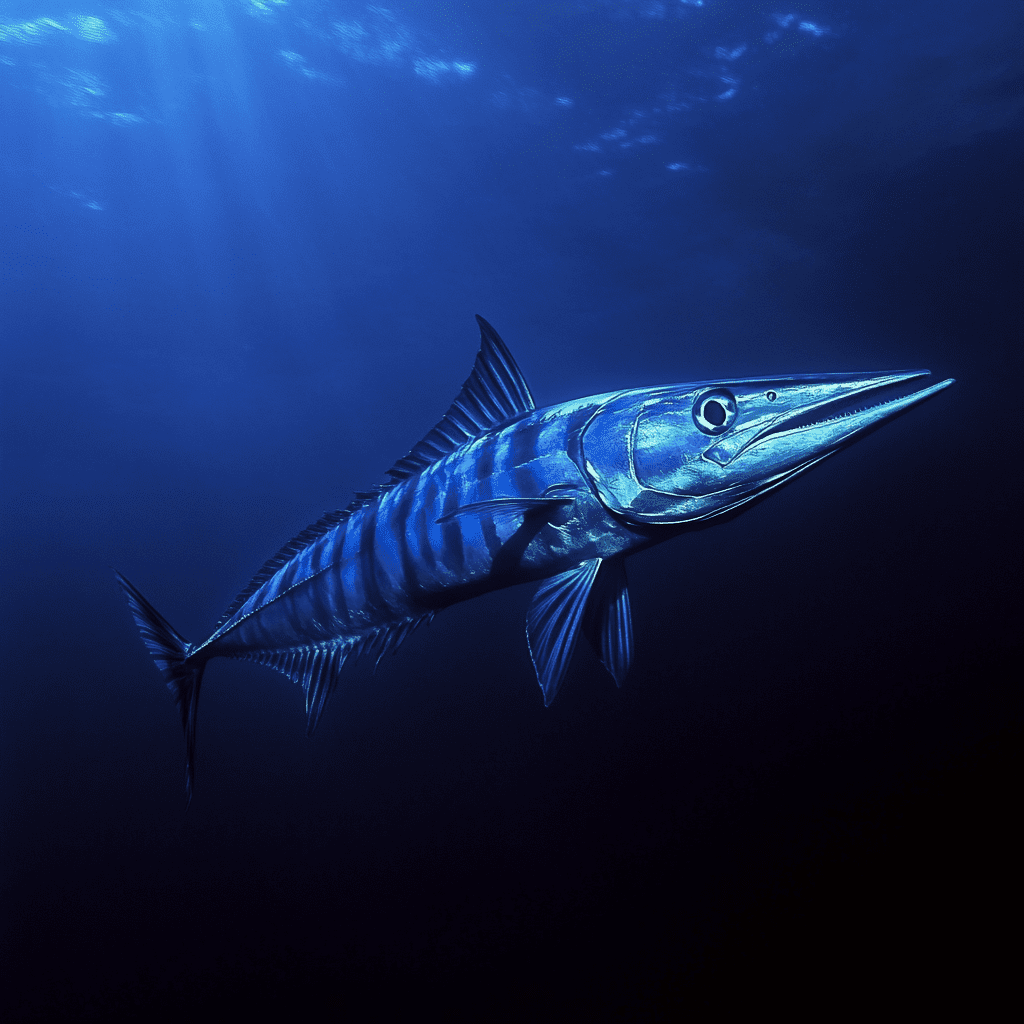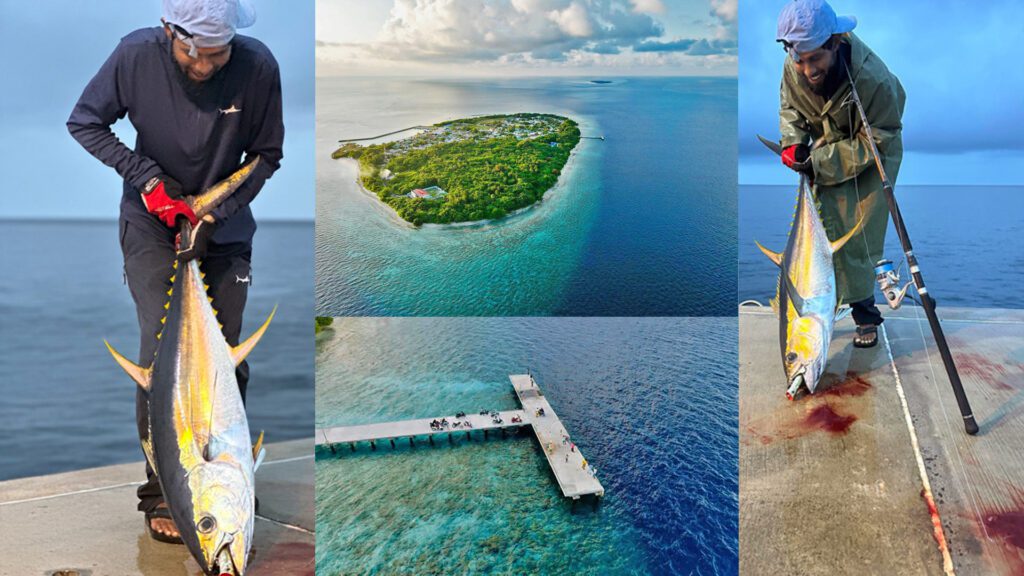
Banana flowers are a completely edible delicacy. They’re commonly used in salads, curries, and soups. In different parts of the world, people may have used banana flowers in various forms and ways. You may be surprised to hear about the use of this flower to catch one of the most delicious and prized fish in the ocean. This is a small review about how fishermen used this flower to catch one of the most delicious fish in the sea.
Maldivians were innovative in developing diverse methods to catch different types of fish in the sea, particularly those that are difficult and unpredictable. They used the fewest resources available to create tools for survival. In early days, fishermen of Fuvahmulah used banana flower spathes as a lure for fishing wahoo. They use around three to four spats. Large, brightly coloured, spirally arranged, boat-shaped spathes, known as spathes, protect the flowers.
Hook sizes of around three to four are normally used with these spats that are layered. During the early days also, they used stainless steel wire of around two to four feet to connect the hook to the main fishing line.
They connected the rear of the stainless-steel wire with a specially made chord known as ‘nano buri’. Nanu, a cordage made from plant fibres, was the main type of fishing line used by the fishermen in the past. A type of raw fibre called “ui” was brought in from nearby countries like India and Sri Lanka and used to make Nanu, or the fishing line.
When the sea was calm, the fishermen used hafaali dhoani, a traditional small fishing boat with a total of six oars. The six oars were manoeuvred by three rowers. They normally rowed near the deep drop-offs. The layered spathes with the hook were pulled behind the dhoani at a specific speed. Our fishermen have landed these long and slender fish in the ocean with this technique for decades.
This distinctive blue-green coloured fish helps regulate the populations of their prey species. Wahoo plays an important role in the marine ecosystem. Wahoo can reach a speed of up to 80 km/h. They chase their prey by changing direction and using quick bursts of speed. When our island witnessed the frenzy of flying fish, these speedsters slashed the flying fish. This is a truly majestic fish.



